Changes in Ultraviolet Radiation Smithsonian Environmental Research Center
Por un escritor de hombre misterioso
4.5 (374) En stock
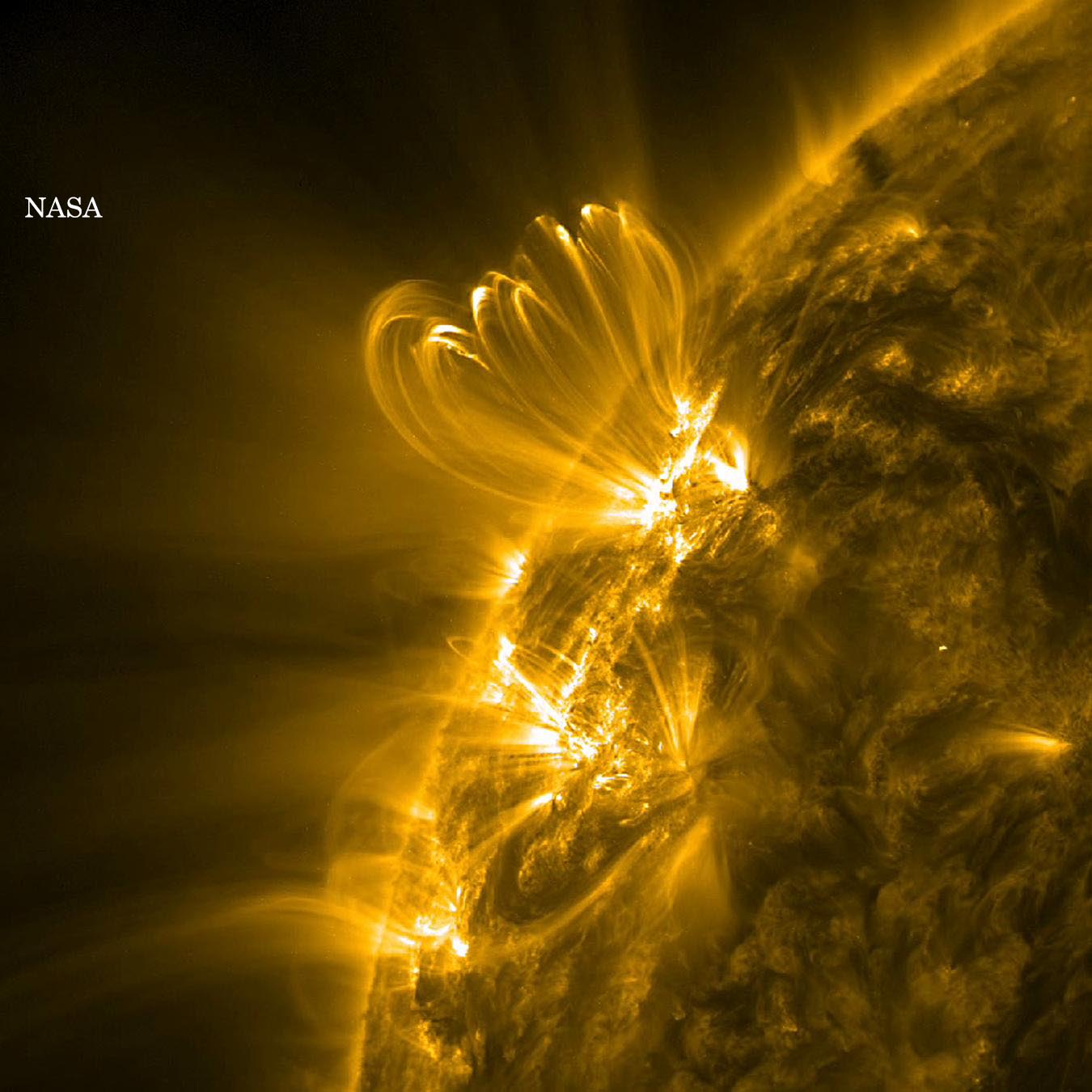
Ultraviolet (UV) radiation from the sun both affects and is affected by global climate change, and anything that that affects sunlight, affects UV. Decreased stratospheric ozone allows more harmful UVB (a higher-frequency, more damaging type of UV) to reach the Earth’s surface and cause DNA damage in plants and animals. Increases in cloud cover, pollution, dust, smoke from wildfires and other airborne and waterborne particles related to climate change decreases UV light penetration. While UV radiation contributes to sunburns and cancer, it’s also responsible for Vitamin D synthesis required for bone health and disease prevention in humans. Therefore understanding what factors affect, or are affected by, changes in UV radiation is important for human health, as well as ecosystem function. Ultraviolet radiation affects many processes connected with the carbon cycle. It inhibits photosynthesis in plants and algae, particularly phytoplankton which produce roughly half of the oxygen in the atmosphere. Ultraviolet radiation has both positive and negative effects on nutrient cycling and decomposition. On the positive side, UV degrades colored dissolved organic matter (CDOM), making these compounds more available for nutrient-cycling bacteria, and “cleans” water, making light more available to aquatic photosynthetic organisms. However, UV can slow growth and potentially kill nutrient cycling bacteria. The balance between “cleaning” and “killing” depends on water depth and clarity. Tidal wetlands are sources of CDOM to estuarine and coastal waters, and thus have a major role in the UV transparency and carbon budgets of these ecosystems. Understanding the water and carbon exchange between tidal wetlands and estuaries helps us understand how UV might affect these ecosystems, and sheds light on how we manage natural resources and carbon budgets in the context of climate change.
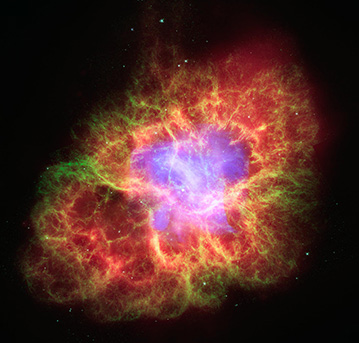
Ultraviolet Waters Ecosystems on the Edge

Patrick J. Neale's research works Smithsonian Environmental Research Center (SERC), Maryland City and other places

Landscape is the lab at Smithsonian Environmental Research Center, Travel
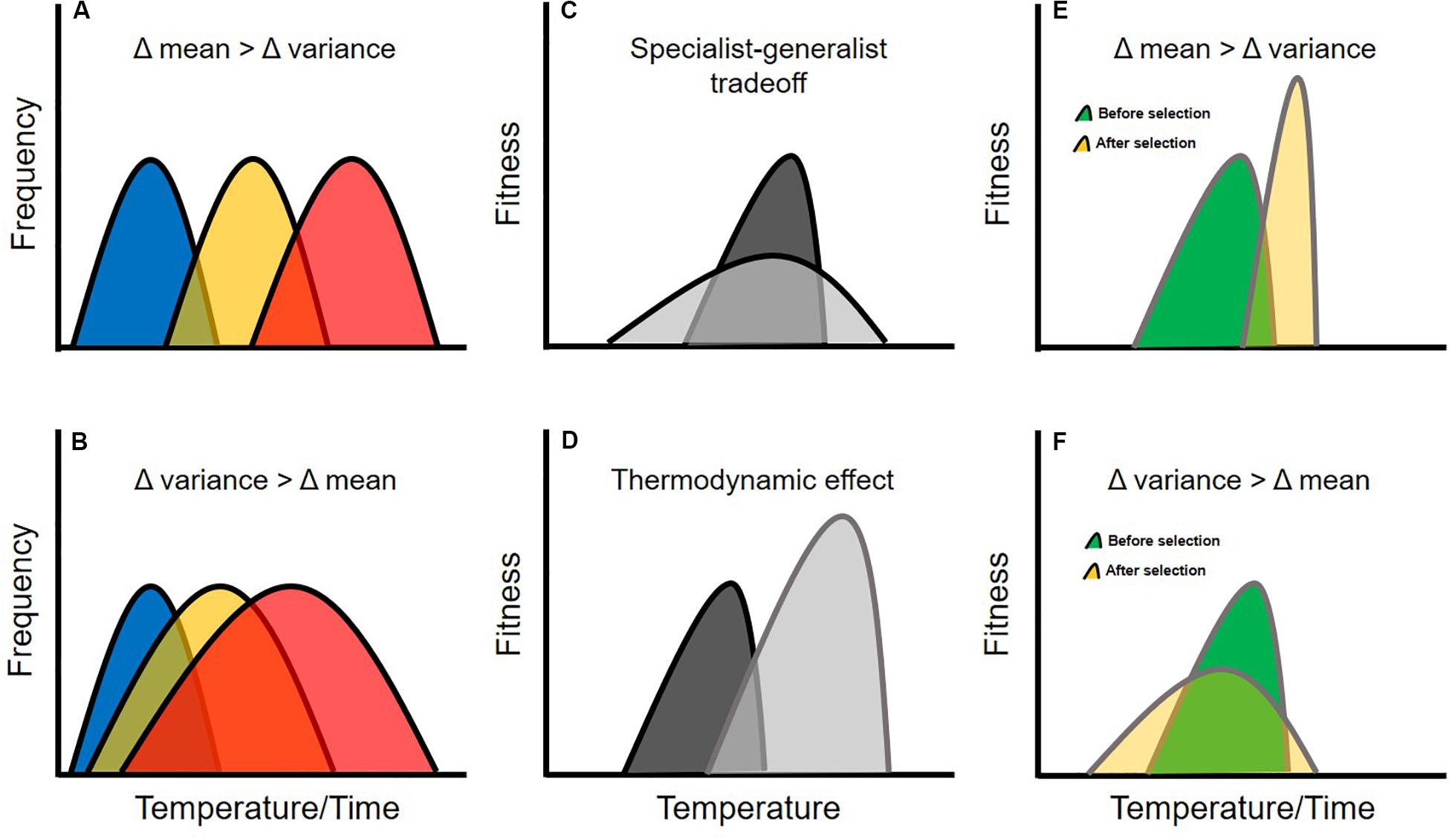
Frontiers Genetic Constraints, Transcriptome Plasticity, and the Evolutionary Response to Climate Change
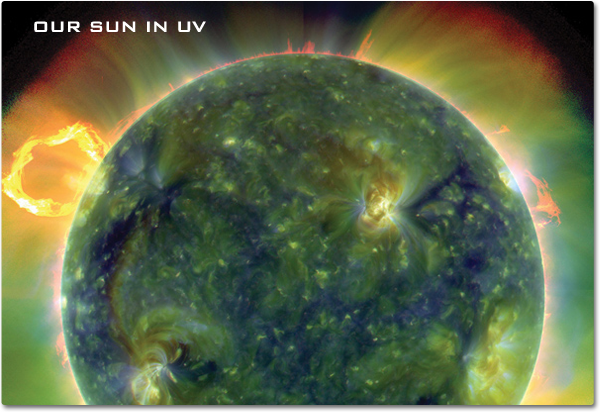
Ultraviolet Waves - NASA Science

Changes in Ultraviolet Radiation Smithsonian Environmental Research Center

Ultraviolet Radiation: How It Affects Life on Earth

The response of aquatic ecosystems to the interactive effects of stratospheric ozone depletion, UV radiation, and climate change

UV Radiation and Climate Monitoring Smithsonian Environmental Research Center

UV Radiation and Climate Monitoring Smithsonian Environmental Research Center

Facilities Smithsonian Environmental Research Center
UV disinfection in life science labs Labconscious®
At Least 125 Species of Mammals Glow under Ultraviolet Light, New Study Reveals
 Batidora de mano y picadora de 1500W con accesorios Cecotec inox - Bazar San juan
Batidora de mano y picadora de 1500W con accesorios Cecotec inox - Bazar San juan Xiaomi Redmi Note 13 Pro 5G Price in Bangladesh 2024, Full Specs
Xiaomi Redmi Note 13 Pro 5G Price in Bangladesh 2024, Full Specs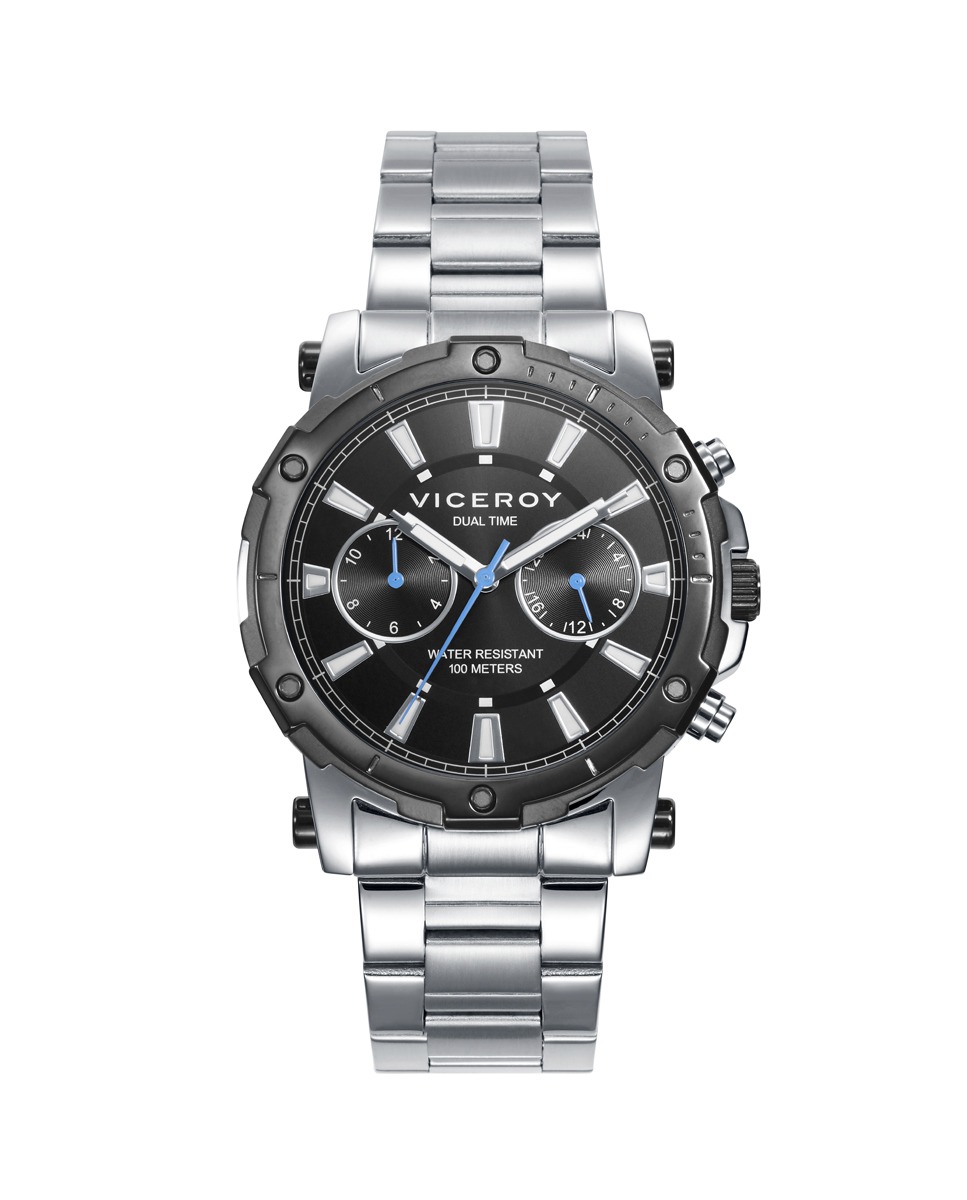 Reloj de hombre armix multifunción VICEROY - ROMAN JOYEROS
Reloj de hombre armix multifunción VICEROY - ROMAN JOYEROS Zamek tedee GO (grafitowo-czarny) + Wkładka typu B + Mostek wifi, sklep Z-Home
Zamek tedee GO (grafitowo-czarny) + Wkładka typu B + Mostek wifi, sklep Z-Home Rebajas Anoraks para mujer - verde - Kiabi
Rebajas Anoraks para mujer - verde - Kiabi Taburete pequeño otomano, reposapiés otomano rectangular de piel sintética beige, taburete de noche con patas de madera, taburete rectangular pequeño
Taburete pequeño otomano, reposapiés otomano rectangular de piel sintética beige, taburete de noche con patas de madera, taburete rectangular pequeño